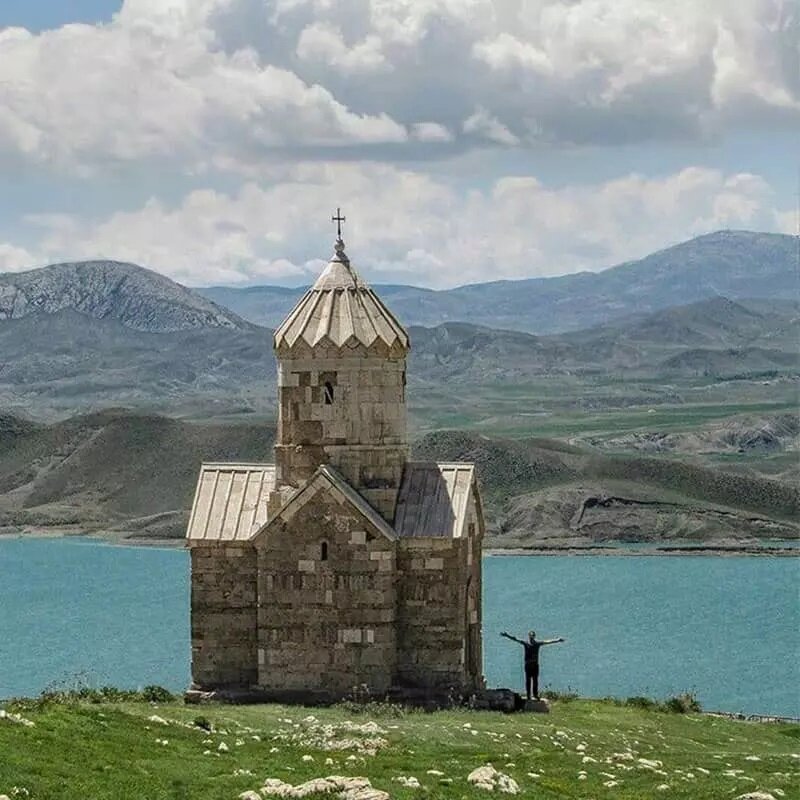INSUBCONTINENT EXCLUSIVE:
by the National Committee of Museums of Iran (ICOM).The event will bring together archaeologists and experts involved in the preservation
and relocation of this historic site, Mehr reported.The Chapel of Dzordzor, part of the UNESCO-registered Armenian Monastic Ensembles of
monumental effort was carried out in 1987-1988 to save the chapel from being submerged following the construction of a dam on the Zangmar
River.Relocation and preservationThe relocation process of the chapel, which stands over 12 meters tall, involved dismantling each stone and
brick, numbering them meticulously, and reassembling the structure 600 meters away and 110 meters higher than its original site.The
painstaking work was completed in just 25 days with the collaboration of Armenian experts
New stones, matching the original material but differing in color, were used to restore parts of the chapel damaged during the relocation or
buried under construction debris
Its origins date back to between 1315 and 1342 CE, when it was constructed under the orders of Bishop Zecharia of the Saint Thaddeus
Monastery.The chapel, known as the Holy Mother of God, is the only surviving structure of the monastery, which reached its zenith in the
14th century before its decline in the early 17th century
Stepanos monasteries, under the designation Armenian Monastic Ensembles of Iran.Expert-led discussionThe Tehran meeting will feature
restoration specialist and researcher of church architecture; Behnoud Goharbin, a restoration expert; and Seyyed Ahmad Mohit Tabatabaei,
relocation.Public engagementScheduled for Wednesday, January 8, the event will be held at the House of Humanities Thinkers in downtown
According to organizers, the session is open to the public, offering a unique opportunity to delve into the rich history and preservation
efforts surrounding this UNESCO-recognized site.With its rich legacy and the remarkable story of its preservation, the Chapel of Dzordzor

